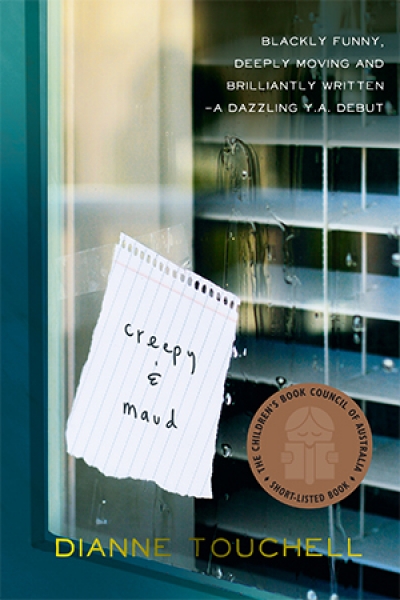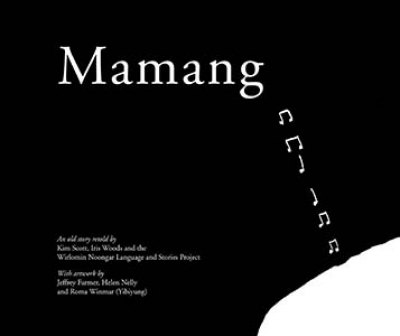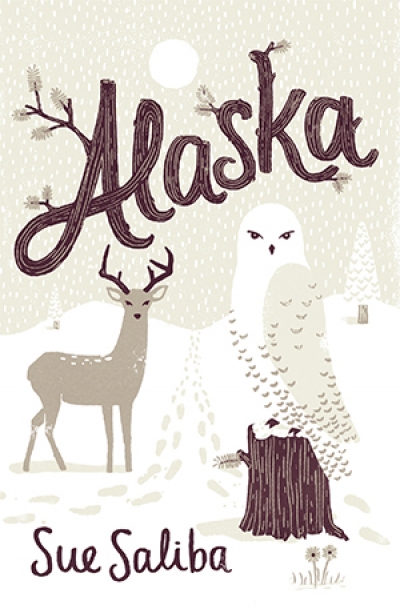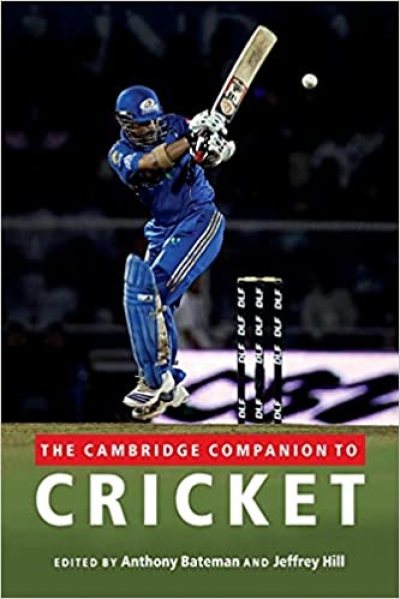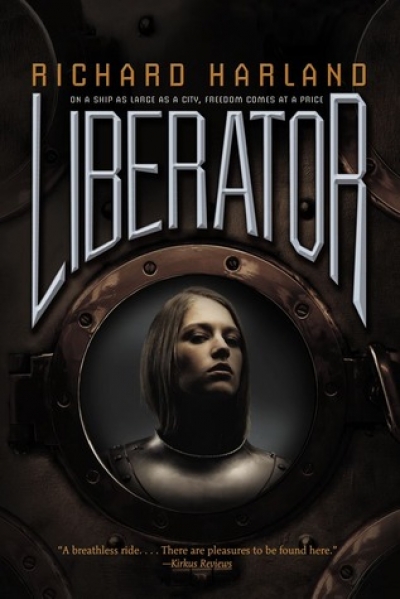Children's and Young Adult Books
Good picture books stimulate a child’s imagination. Nick Bland and Stephen Michael King celebrate creativity in The Magnificent Tree (Scholastic, $24.99 hb, 32 pp, 9781742832951). Bonny and Pops enjoy sharing ideas and making things together. Bonny’s inventions are ‘simple, clever and properly made’, while Pops’s creations are ‘big, brave and brilliant with bits sticking out’. Determined to attract the attention of the birds flying overhead, each comes up with a different but equally satisfying solution. King’s bulbous-nosed cartoon characters, minimalist backgrounds, and organic machinery interact with Bland’s thoughtful text to present a gently reassuring tale about intergenerational friendship and creative problem-solving.
... (read more)Ruth Starke reviews 'The Children of the King' by Sonya Hartnett, 'The Tunnels of Tarcoola' by Jennifer Walsh, 'Red' by Libby Gleeson: 'Mystery at Riddle Gully' and Jen Banyard
Cecily Lockwood’s heart ‘bounced like a trout’. An arresting simile on the first page of a novel is always a good sign, but will this piscatorial comparison mean anything to young readers? No matter, back to those footsteps climbing the dark stairs to twelve-year-old Cecily’s room, where she is quailing under the bed. She pictures her older brother Jeremy in the next room, his heart ‘flipping and diving’. Ah, so that’s what trouts do. Clever Sonya Hartnett.
... (read more)Australian picture books are among the best in the world. Some of our most notable authors and illustrators include Bob Graham, Libby Gleeson, Freya Blackwood, Stephen Michael King, and Glenda Millard. The latest books by these creators are valuable additions to Australian children’s literature.
... (read more)Mamang by Kim Scott, Iris Woods, and the Wirlomin Noongar Language and Stories Project & Noongar Mambara Bakitj by Kim Scott, Lomas Roberts and the Wirlomin Noongar Language and Stories Project
Alaska by Sue Saliba & Clara in Washington by Penny Tangey
Diverse memories of childhood, ranging from Indigenous and migrant experiences to the Great Depression, permeate these evocative Australian picture books. Admired illustrator Bruce Whatley displays his range of styles in a pair of them; two others are set in Western Australia and Queensland. The potential danger of water is a disconcerting theme.
...
